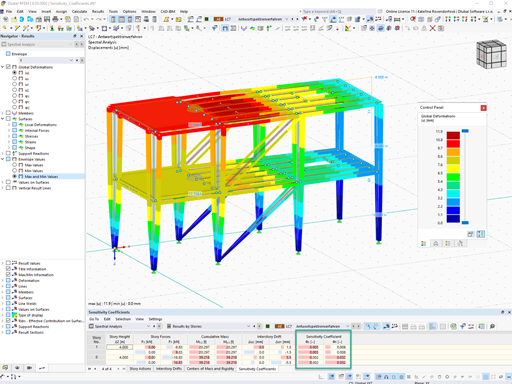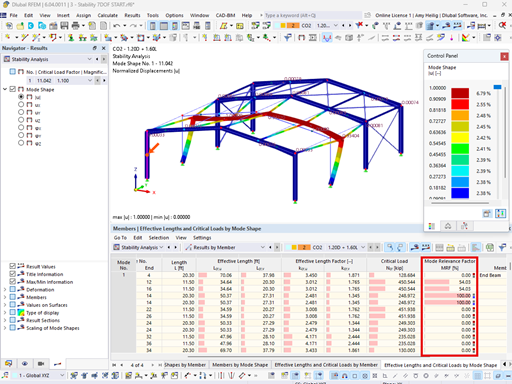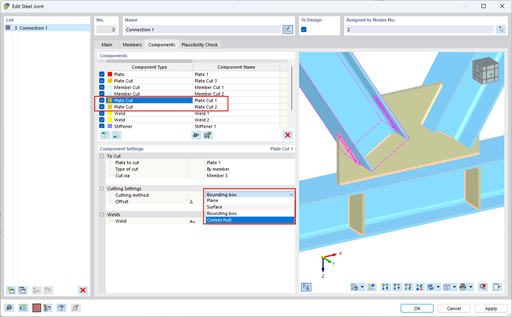In the first iteration step, all members are considered. Before the next step, the program determines which members cannot resist the determined compressive forces due to their definition; for example, tension members with negative axial forces. Then, the tension member with the greatest compressive force is removed from the stiffness matrix. Thus, the next iteration step follows.
Next, the member definitions are compared to the determined axial forces. For the next iteration step, the tension member subjected to the highest loads is removed from the stiffness matrix. This procedure is continued until no member is subject to internal forces that it cannot resist.
With this method, the system usually shows better convergence behavior due to redistribution effects. This calculation option requires more time because the program must run through a larger number of iterations. Furthermore, you have to make sure that a sufficient number of possible iterations is set (see the "Settings" dialog box section in the image).
It is also conceivable that the tension member that failed initially is reinserted in a higher iteration step once it is subjected to tension forces again due to redistributions.
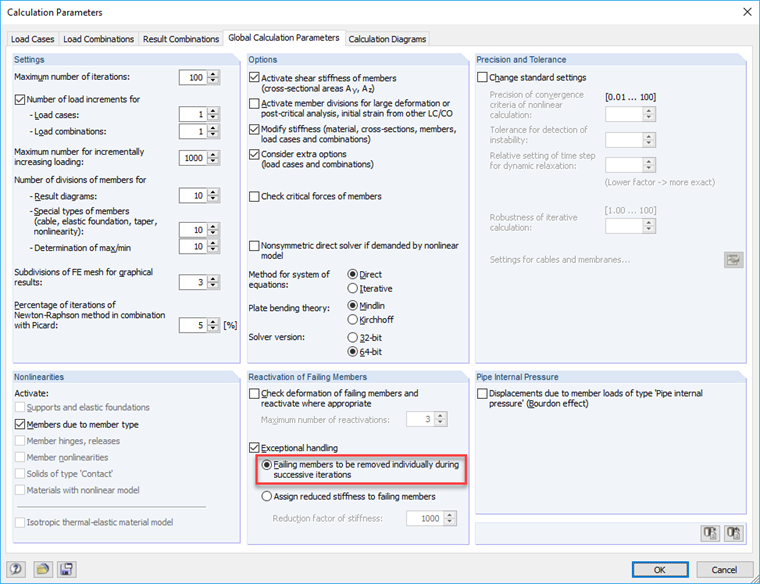
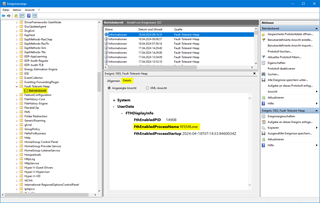
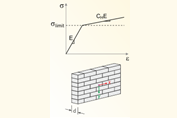

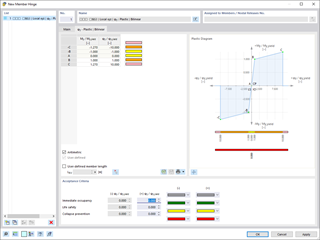
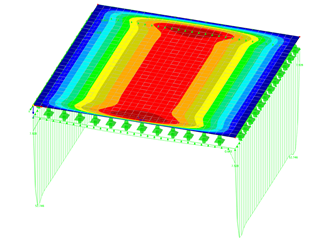























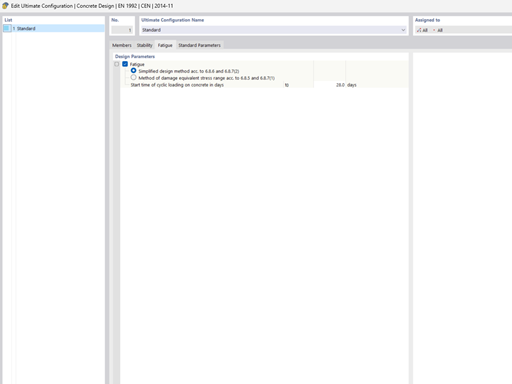
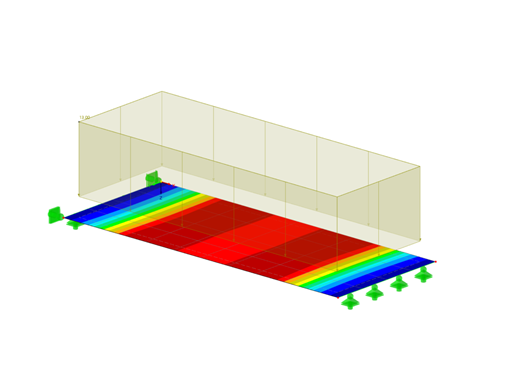
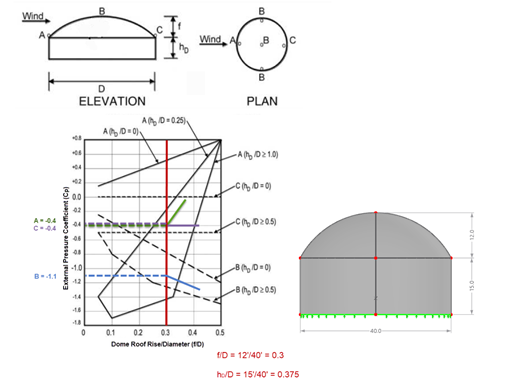
![Spans Based on Figure 5.2 from [1]](/en/webimage/039540/3493372/01_Abmessungen_EN.png?mw=512&hash=3cc425f1463bd5981b358d5889e3109e07ae1233)










